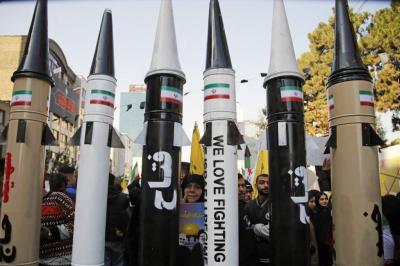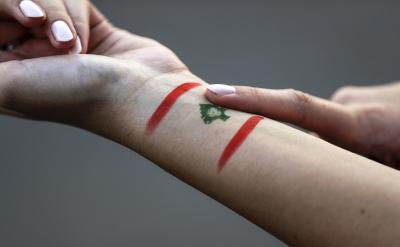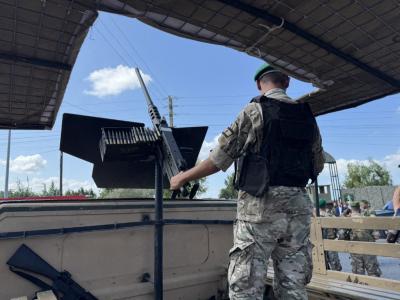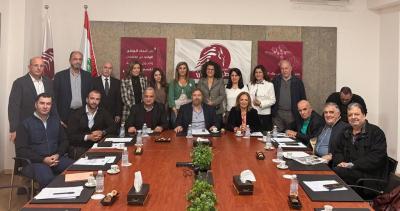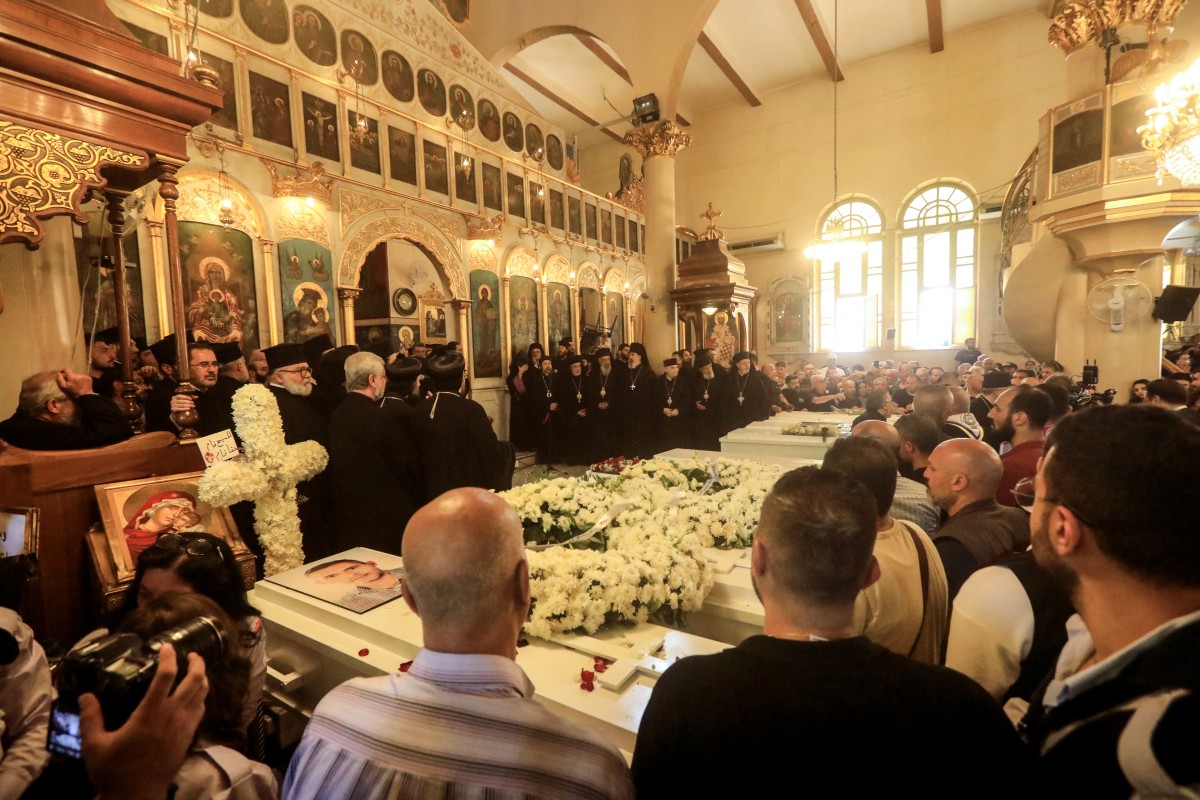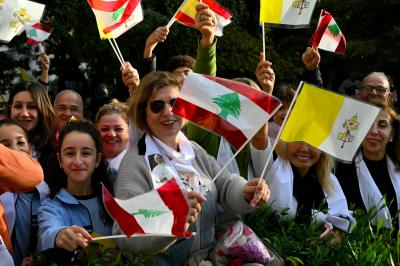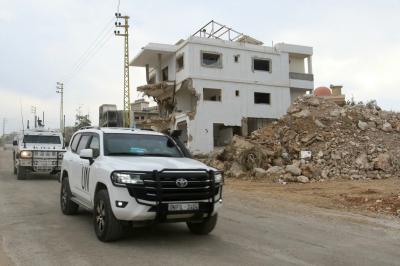Christianity in Syria is no passing visitor — its roots run deep in history, intertwined with the First Church itself and forever linked to the See of Antioch. It was on the road to Damascus that Saul converted and became Paul the Apostle. Syria gave the Church great saints, such as John Chrysostom. On Mount Qorosh, Saint Maron, the father of the Maronite Church, lived as a hermit, and from there emerged the first Maronite Patriarch, John Maron. Damascus cradles the head of Saint John the Baptist, even if circumstances led to his church giving way to the construction of the Umayyad Grand Mosque. And the Vatican’s declaration last year of the sainthood of the three Massabki brothers — martyrs of the 1860 massacres — stands as a beacon of hope for Syria’s Christians, proof that persecution can blossom into sanctity.
For two thousand years, Christianity in Syria has bled from persecutions, conquests, and wars — and yet, despite demographic decline, it endured. Except in Lebanon, where Christians have clung to both existence and political influence, Christians in Syria — as in much of the Arab world — have focused on survival. When they had a role, it was primarily in education, culture, industry, and trade.
They clung to the state, even a dictatorial one like that under the Assad family, and accepted its authority — whether embodied in the Assads or in the figure of al-Jolani, now known as Ahmad al-Sharaa. The logic of the state, of citizenship, was the best, indeed the only, choice available to them. Scattered across Syria due to their openness, Christians do not control a specific geographic area like the Alawites, Druze, or Kurds.
They did not rush to open channels with Israel or seek protection from the West, despite the dangers engulfing them during Syria’s transitional phase since December 8, 2024 — the day the Assad regime fell and Bashar fled to Moscow as a deposed president. It is true that repression targets not just them but also Alawites, Druze, and even Sunnis — all subjected to new, rigid social norms, such as bans on gender mixing, singing, and nightlife, along with compulsory veiling. But Christianity, geographically dispersed and demographically vulnerable, represents the “soft underbelly” of Syria’s societal structure. Moreover, Christians are seen as more likely to integrate into countries that might offer refuge.
Daily calls through loudspeakers in Christian neighborhoods urging conversion to Islam, slogans of excommunication plastered on their homes, invocations of medieval fatwas like that of Ibn Taymiyyah to reduce them once more to dhimmi status, and even bloodshed — the authorities dismiss all as the work of “individuals” or “undisciplined elements.” The regime of Ahmad al-Sharaa condemns these acts, but takes no firm steps to curb violations or provocations. Instead, it imposes measures like declaring Islam the main religion of the state, requiring the president to be Muslim, and establishing sharia as the primary source of legislation under the transitional constitution enforced since March 13, 2025. The regime has also granted Syrian citizenship to thousands of Islamist fighters from Afghanistan to Chechnya and filled state institutions with loyalists of a single sect, deepening Christian fears — and fears for Christians.
But the horrific attack on June 22, 2025 — a cowardly, hate-fueled strike against peaceful worshippers at a Sunday Mass in St. Elias Church in Douela, Damascus — marked a turning point. More than 25 were killed in a suicide bombing by “on-demand ISIS” operatives. This grim milestone demands honest questions — free from pretense — and a host of question marks.
Why now? Why, after seven months of Sharaa’s rule, did they act? If these are truly “on-demand ISIS” attacks, why have we not seen a sustained campaign of violence?
If some believe Israel was behind this, what interest would it have in driving out Christians or undermining Sharaa’s regime, which has shown political flexibility and military restraint in the face of repeated Israeli strikes and expansion?
What benefit would Sharaa gain from such carnage, when he is working hard to shed the image of Jolani the terrorist and instead project himself as a responsible man in a suit and tie?
Is it a mere coincidence that this attack came just hours after U.S. strikes on Iran? Or is it Tehran sending a message that it still holds the cards, capable of turning the region upside down, replacing severed tentacles with small cells or even “lone wolves” who are, in fact, programmed agents?
A deeper reading suggests the same butcher who orchestrated the 1994 bombing of Our Lady of Salvation Church in Zouk Mikael, Lebanon, the 2010 massacre at the same-named church in Baghdad, and now the 2025 bombing of St. Elias Church in Damascus — is the same: a fiend exploiting innocent blood to serve his sinister political ends.
ISIS’s 2010 attack on Our Lady of Salvation in Baghdad marked a tipping point in the Christian exodus from Iraq. So, even if the St. Elias bombing in Damascus ultimately proves to have been an isolated act, its impact will be profound and lasting. The question now: is there anyone left in Syria willing and able to avert disaster and preserve its pluralistic identity — an identity flavored, in no small part, by its Christian heritage?
Please post your comments on:
[email protected]
 Politics
Politics
